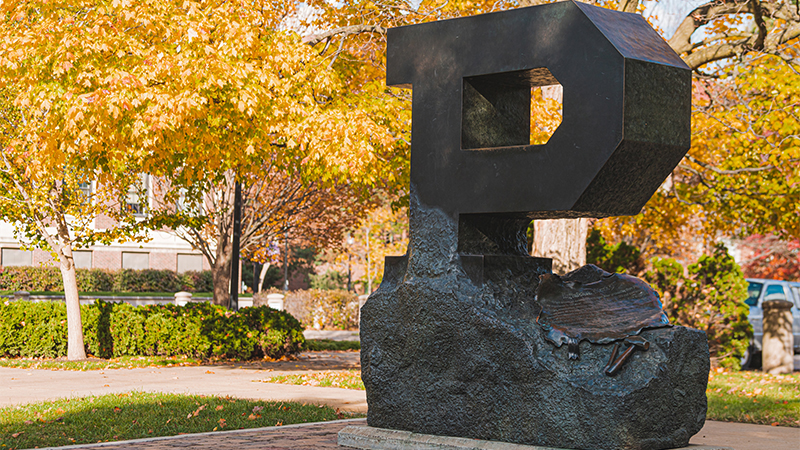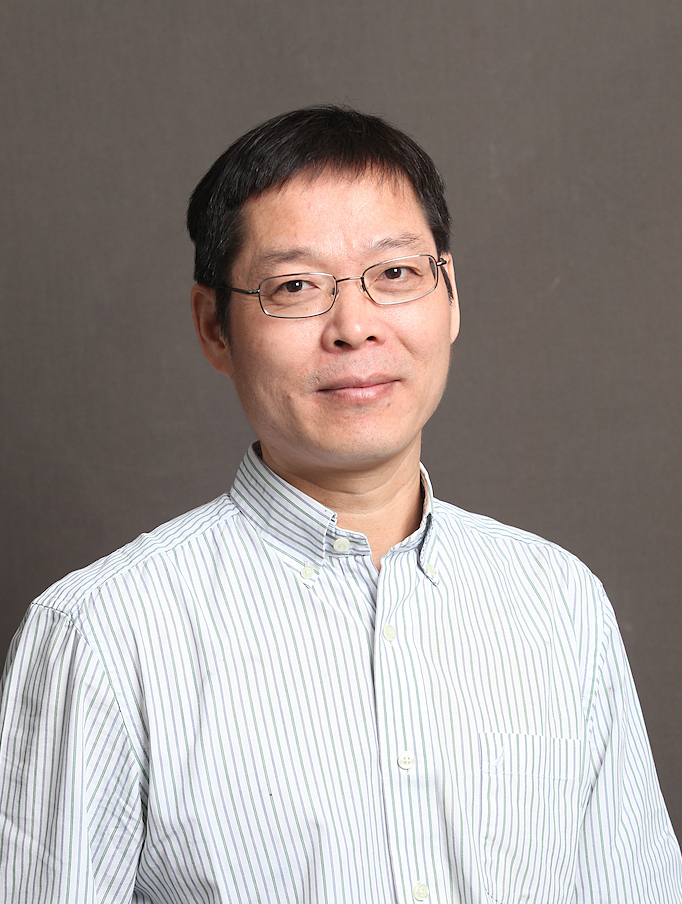
WEST LAFAYETTE, Ind. — When muscle is damaged, resident stem cells mediate the repair of the injured tissue. At the same time, circulating immune cells race to the site to aid the repair. The presence of these infiltrating immune cells at injury sites raises questions about their role in coordinating with muscle stem cells to build or regenerate muscle tissue.
Shihuan Kuang, a Purdue professor of animal sciences, has identified a previously unknown subset of muscle stem cells, which he has dubbed "immunomyoblasts," that have both muscle stem cell and immune cell properties and may shed light on how those cells interact. The National Institutes of Health's National Institute of Arthritis and Musculoskeletal and Skin Diseases recently awarded Kuang $2.3 million over five years to develop a basic understanding of these cells' origins and functions.
 Shihuan Kuang
Shihuan Kuang "These stem cells have unique properties that raise questions about where they come from and how they relate to muscle and immune cells," Kuang said. "This grant will provide the support for us to answer those fundamental questions and lay a foundation for applied research into ways immunomyoblasts could be targeted to treat diseases and improve animal agriculture."
Kuang's lab identified the new subcategory of stem cells through a technique called single-cell RNA sequencing. It allows scientists to profile all of the genes expressed in one cell by decoding the single-strand RNAs that were produced in the cell. His team did that with over 50,000 cells to recognize unique properties in the cells and determine that immunomyoblasts are a subset of cells that express both muscle and immune genes.
Kuang will use a strategy called cell lineage (or fate) mapping to understand where immunomyoblasts originate — whether they are a form of existing muscle stem cells that can communicate with infiltrating immune cells. The process entails tracking differentiated cells backward to their origins.
From there, Kuang will determine the types of immune cells — T-cells, B-cells, microphages or others — that the immunomyoblasts are communicating with and how that coordination plays a role in muscle development and repair.
The knowledge gained from Kuang's work may open new avenues of research in muscular diseases. Understanding how to improve muscle regeneration could lead to therapies that can combat diseases like muscular dystrophy.
It may also be possible to learn more about how muscles develop in pigs, cattle and other animals raised for meat and make improvements in those processes.
Kuang's collaborators in the study include Stephanie Oprescu, an NIH-supported graduate student; Feng Yue, a research scientist in animal sciences; Luis Brito, an assistant professor of animal sciences; Matthew Olson, an assistant professor of biological sciences; and Timothy Ratliff, a professor of comparative pathobiology.






